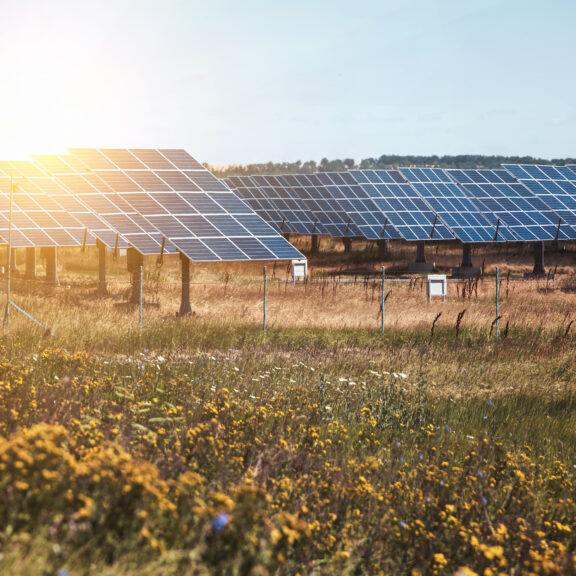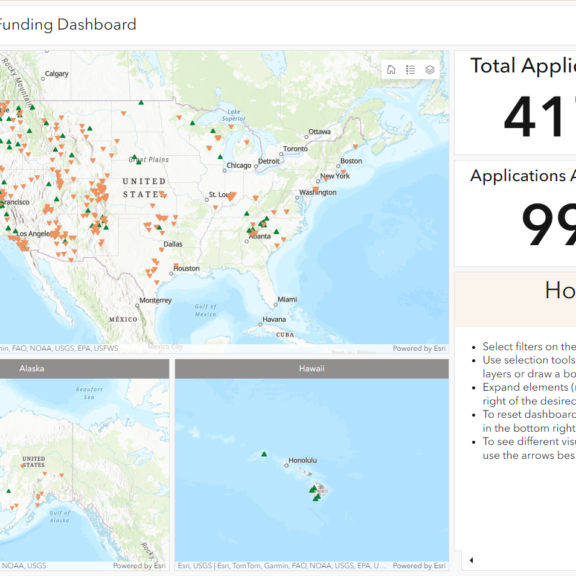New construction and development projects often bring excitement and new opportunity to our communities. However, these sites can leave dirt and other construction materials exposed for months at a time and, if not controlled, can cause sediment and other pollutants to enter our waterways. Excess sediment in a waterway degrades water quality for drinking, wildlife, and surrounding communities. It also causes increased flooding, reduced vegetation growth, and destroyed habitat. So how do we prevent these materials from entering surrounding streams and causing environmental damage? Let’s explore the process.
On every construction site, Erosion and Sediment Control (ESC) Inspectors are present to oversee the installation of perimeter controls and conduct regular and complaint driven inspections during construction to ensure that all controls are functioning correctly and post construction to ensure the site has been stabilized. The following are a few common measures that are typically installed at construction sites to reduce sediment, trash and other debris from entering the surrounding waterways.
Silt Fences
A silt fence is a temporary sediment control device installed on construction sites as a barrier to significantly reduce the amount of loose soil and sediment in stormwater runoff. Silt fences are incredibly common due to their low cost and simple design, however, they must be properly installed, inspected, and maintained to ensure that they are working correctly.
Gone Right:
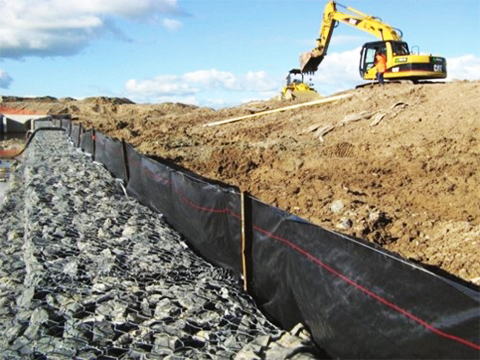
Gone Wrong:
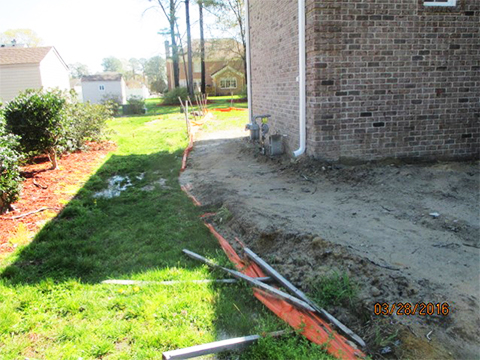
Erosion Control Matting
Erosion Control Matting is a stabilization fabric made to protect the soil surface from wind and water erosion while also supporting vegetation development on the site.
Gone Right:
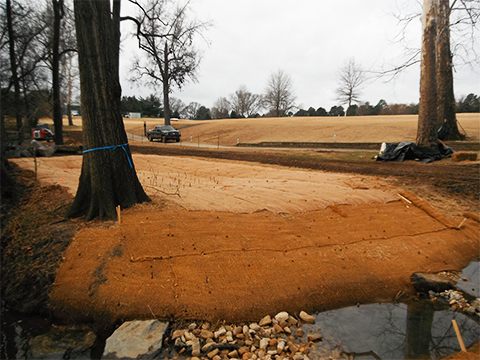
Gone Wrong:
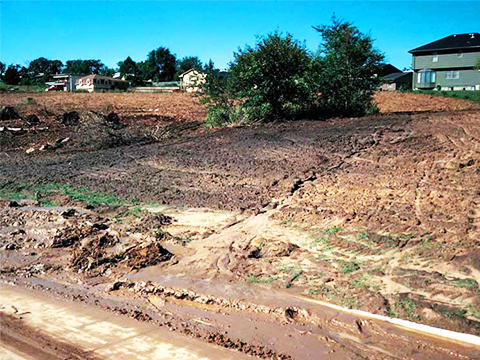
Sediment Basin
A sediment basin is a temporary pond that is built on a construction site. This pond collects the construction site stormwater runoff during rain events allowing the sediment particles to “settle” within the basin preventing it from entering nearby streams, rivers, lakes, or ponds.
Gone Right:
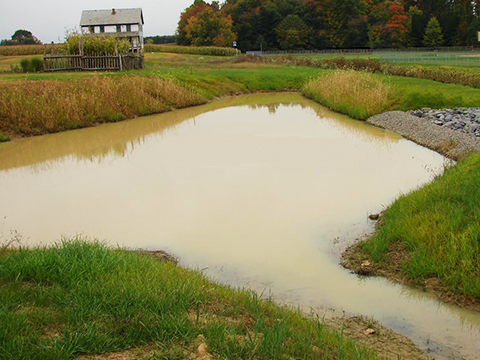
Gone Wrong:
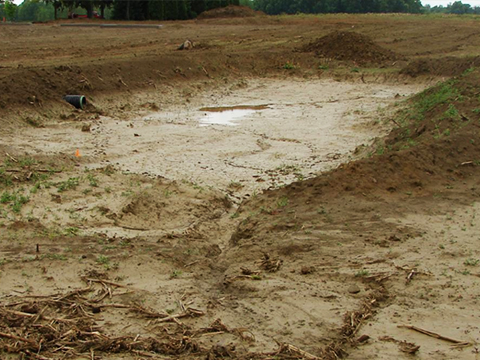
Storm Sewer Inlet Protection
Inlet Protection surrounds all storm sewer and culvert inlets on a construction site to prevent sediment and other pollutants from entering the drain system.
Gone Right:
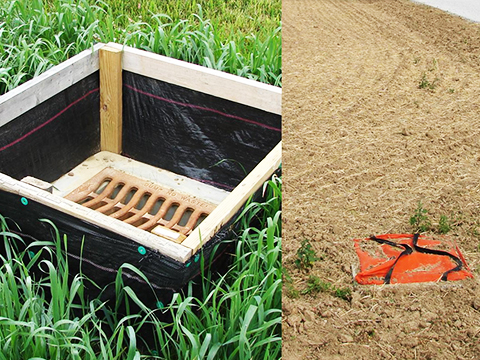
Gone Wrong:
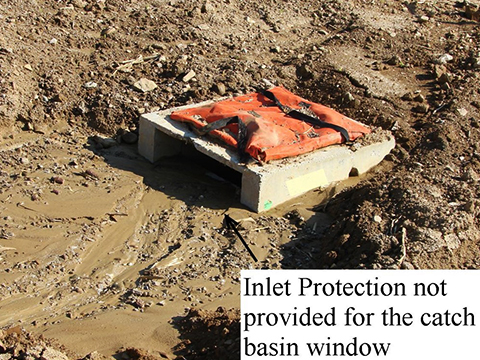
These are just a few of the many commonly-used methods to provide erosion and sediment control at a construction site. When properly installed and regularly inspected, these measures allow construction and other land disturbing activities to take place while significantly reducing the impact to the surrounding environment.
To learn more about the Erosion and Sediment Control Inspection services offered by Timmons Group, please contact Liz Scheessele, PE, CFM, ENV SP at Liz.Scheessele@timmons.com, Rich Brawley, PE at Rich.Brawley@timmons.com, or Mike Claud, PE, CFM at Mike.Claud@timmons.com.

